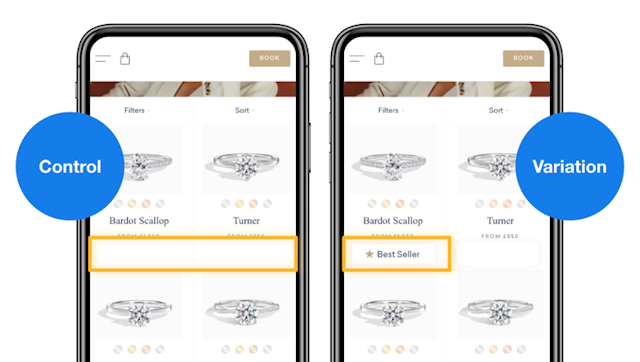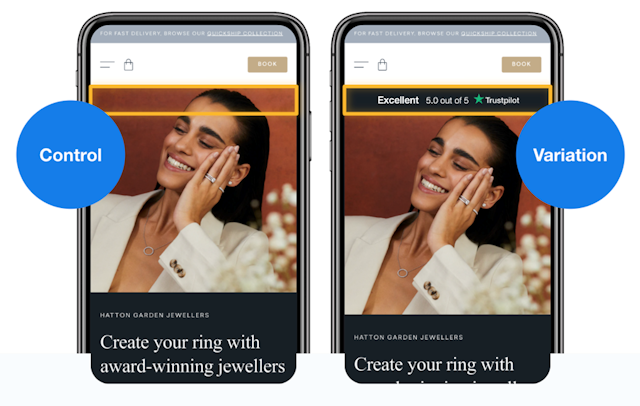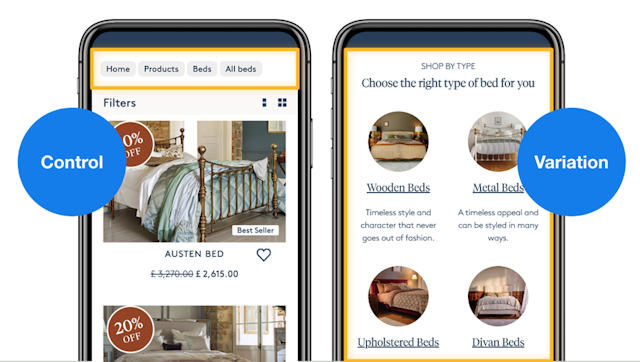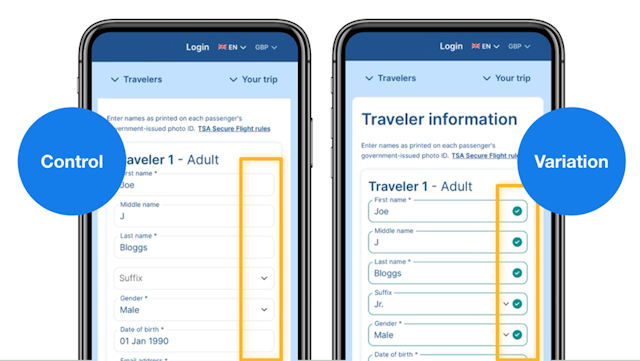5 behavioral science techniques to boost website performance
Are you clued up on social influence? Au fait with the Von Restorff effect? Here’s Impression’s Mike Weir with a primer on how behavioral science can change your performance game.

/ Joanna Kosinska via Unsplash
Behavioral science systematically studies human behavior through research and experimentation. It is an amalgamation of psychology, social science, anthropology, neurology and, most recently, behavioral economics.
Applying behavioral science in marketing can help you better engage and understand your customers – and shape their behavior.
E-commerce is especially ripe for improvement with behavioral science. The digital environment is highly controllable, lending itself to online experimentation; competition is increasingly fierce; behavior is easily trackable; and businesses are KPI-focused and looking for tangible results.
So, here are five techniques to help drive conversions – including results from where we’ve tested them in real work.
Advertisement
1. Guide attention with the Von Restorff effect
Dr. Hedwig Von Restroff (1934) theorized that when multiple options are shown, the item that differs most from the series is the most likely to be remembered.
Her work in Gestalt psychology laid the foundation for a simple but straightforward test idea: Drawing attention to a product in a series through product badges. The result in the case below, with the addition of a ‘best seller’ tag: a 22% Increase in booking appointments on mobile.

2. Establish trust with social influence
Social influence refers to a broad church of psychological principles acknowledging that, essentially, people are instinctively social animals.
Under this banner is the concept of ‘social proof’, usually credited to Robert Cialdini (1984). Modern examples include automated messages on product description pages: ‘9,999 people have bought this product’ – but this can take many different forms to guide people’s behavior.
When we see that others have completed a purchase and rated the experience positively, this reduces the perceived risk of the action. The result of adding a Trustpilot star-rating below: a 57% increase in online bookings.

3. Motivate people with the picture superiority effect
Quite simply, images can be used to evoke emotion. Several pieces of research indicate that emotion is a main driver of creative effectiveness. The picture superiority effect shows that pictures are more likely to be remembered than words. Research conducted by 3M shows that we process visuals 60,000 times faster than words.
Advertisement
Thus, we can use imagery to draw attention and create engagement with (for example) filters, as below. The result: a 30% increase in transactions.

4. Use conditioning with system feedback
As children, we are conditioned to learn that a green tick on our work is a positive sign. Even beyond school, we know that green has a widely positive meaning.
When a person acts within an interface, they look for a response and feedback from the system that they have completed their task correctly. By using iconography and color, we can help people understand that they have completed their intended tasks. The below experiment yielded a 3.4% increase in conversion on mobile, by simply adding green ticks.

5. Bringing it all together
This final principle is related to behavioral science methodology. Don’t take my word that these principles can be implemented on a website and generate immediate success. Changes must be driven by research and experimentation. Not every execution is going to work for every website. User groups on websites are fundamentally different, and results can vary wildly.
Suggested newsletters for you
Do the appropriate research and experimentation to fit the opportunity size. For example, redesigning your website poses a larger risk and therefore warrants a more rigorous testing approach. Smaller websites with lower traffic could look to qualitative and quantitative research if they can’t meet the thresholds required for experimentation.
Going beyond conversion
Implementing behavioral science can help in several ways. The most obvious is increasing conversions by making your website more persuasive.
But it can help to increase engagement metrics, increasingly considered to be a KPI that Google uses to determine SEO rankings. This, too, can enhance advertising and creative performance. It can be used alongside behavioral analytics tools to segment audiences based on intent and supercharge personalization opportunities.
Content by The Drum Network member:

Impression
We are Digital Growth Specialists helping ambitious brands push boundaries and drive impact. We define and deliver integrated digital strategies that transform our...
Find out more
